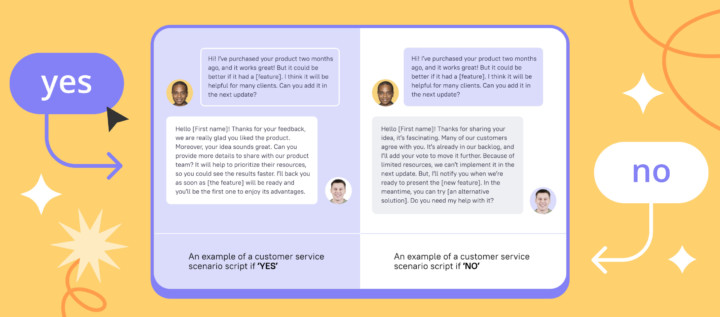What is data collection? A comprehensive overview of methods and importance
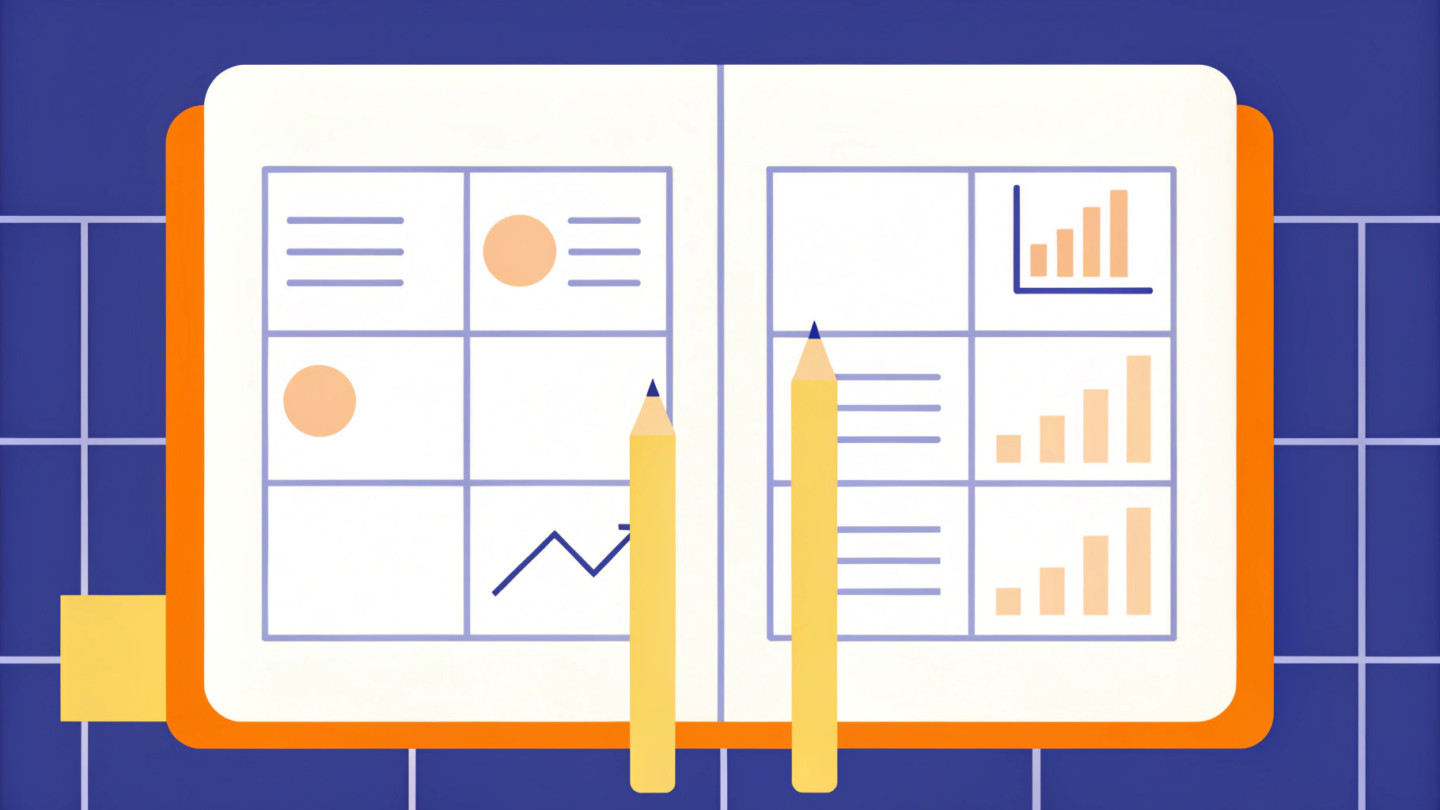
Introduction
In an age where data is often hailed as the new oil, understanding the intricacies of data collection has never been more crucial. This systematic process not only informs decision-making across various sectors, including business and research, but also shapes strategies that drive success and innovation.
From qualitative methods that delve into human behavior to quantitative techniques that yield numerical insights, the landscape of data collection is rich and multifaceted. As organizations grapple with the challenges of data privacy and the increasing volume of information, the need for robust and ethical data practices becomes paramount.
This article explores the essential elements of data collection, the methodologies involved, and the strategic importance it holds in today’s data-driven environment.
Defining data collection: An overview
Data collection is more than just a buzzword; it’s the backbone of informed decision-making. It’s a systematic process where you acquire, measure, and analyze information from various sources. Think of it as gathering the pieces of a puzzle that help you see the bigger picture. For businesses and researchers alike, it’s essential to spot trends, understand behaviors, and predict outcomes.
Now, let’s break it down. Data collection can be:
- Qualitative — like conducting interviews or focus groups
- Quantitative — using surveys and statistical analysis
This blend is crucial, especially in business. Companies that rely on data-driven strategies are the ones that outperform their competitors.
Consider this: in October 2023 alone, there were 114 publicly disclosed security incidents that compromised over 867 million records. That’s a wake-up call for organizations. It highlights the need for solid data practices. Plus, it’s telling that 98% of organizations share privacy metrics with their board of directors. Privacy isn’t just a checkbox; it’s a critical component of governance.
Take the Household Pulse Survey as an example. It’s designed for quick turnaround, unlike traditional Census Bureau surveys that take ages to publish. This means faster access to vital information, although it comes with its own set of challenges, like response rate suppression. Christopher Smith, who runs the Privacy Enforcement Podcast, emphasizes a simple yet effective step for companies: be transparent about how you handle customer information. Make it clear and easy to understand.
As consumer concerns mount — 79% are anxious about how their data is used, and 59% don’t grasp business practices — companies must step up. Prioritizing transparent data collection processes isn’t just nice to have; it’s a necessity. This builds trust and ensures compliance. In today’s data-centric landscape, understanding what data collection means is critical for effective analytics and strategic decision-making. Don’t just collect data — use it wisely.
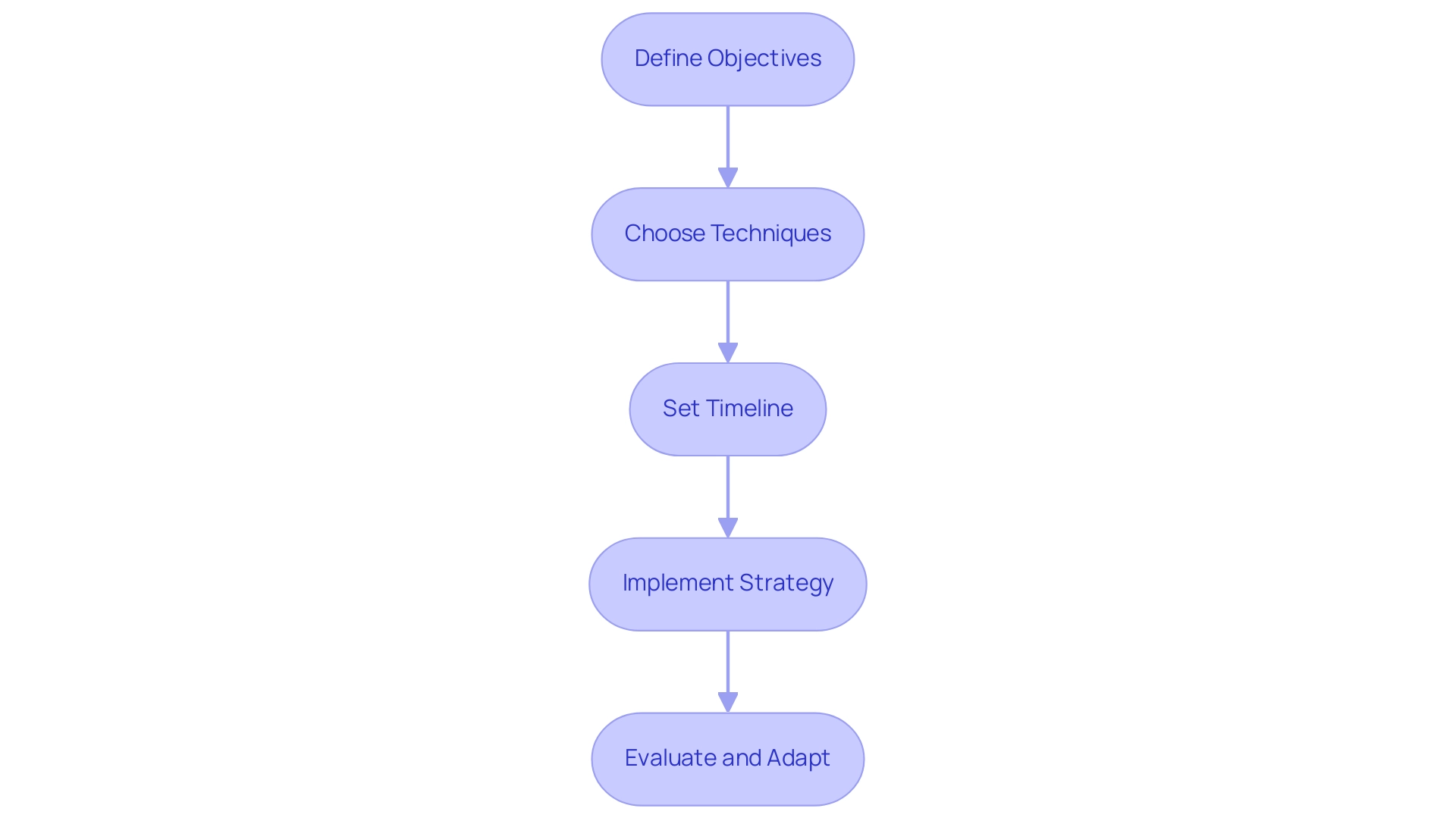
Exploring different methods of data collection
Data collection is all about knowing how to gather the right information. You’ve got two main categories here: qualitative and quantitative.
Qualitative methods — think interviews, focus groups, and observations — are your go-to for deep insights into what drives people’s behavior. They can really shine a light on motivations. But let’s be honest: they can also be time-consuming and subjective. You might get some great stories, but interpreting them can feel like trying to find a needle in a haystack.
Now, on the flip side, you have quantitative techniques like surveys and experiments. These methods churn out numbers that you can analyze statistically, giving you a clear, objective picture. But here’s the catch: if your sample size is too small, those numbers might not be worth the paper they’re printed on. As Antonius R. pointed out, “Hypotheses can also be tested because of statistical analysis.” This highlights just how crucial numerical methods are for validating theories.
Each approach has its pros and cons. Surveys can gather a lot of data quickly from a broad audience, but they often miss the rich detail you get from a good interview. The landscape is changing, though. New advancements in quantitative research are making these methods even more powerful. Take the SMU program ‘Master Data Analysis with an M.S. in Learning Sciences’—it’s a prime example of how analytics can enhance learning through both qualitative and quantitative lenses.
So, when you’re thinking about data collection, consider your research goals, the kind of information you need, and your available resources. In 2024, surveys are still proving their worth as a reliable tool for gathering information, while innovations in quantitative research are making them even more effective.
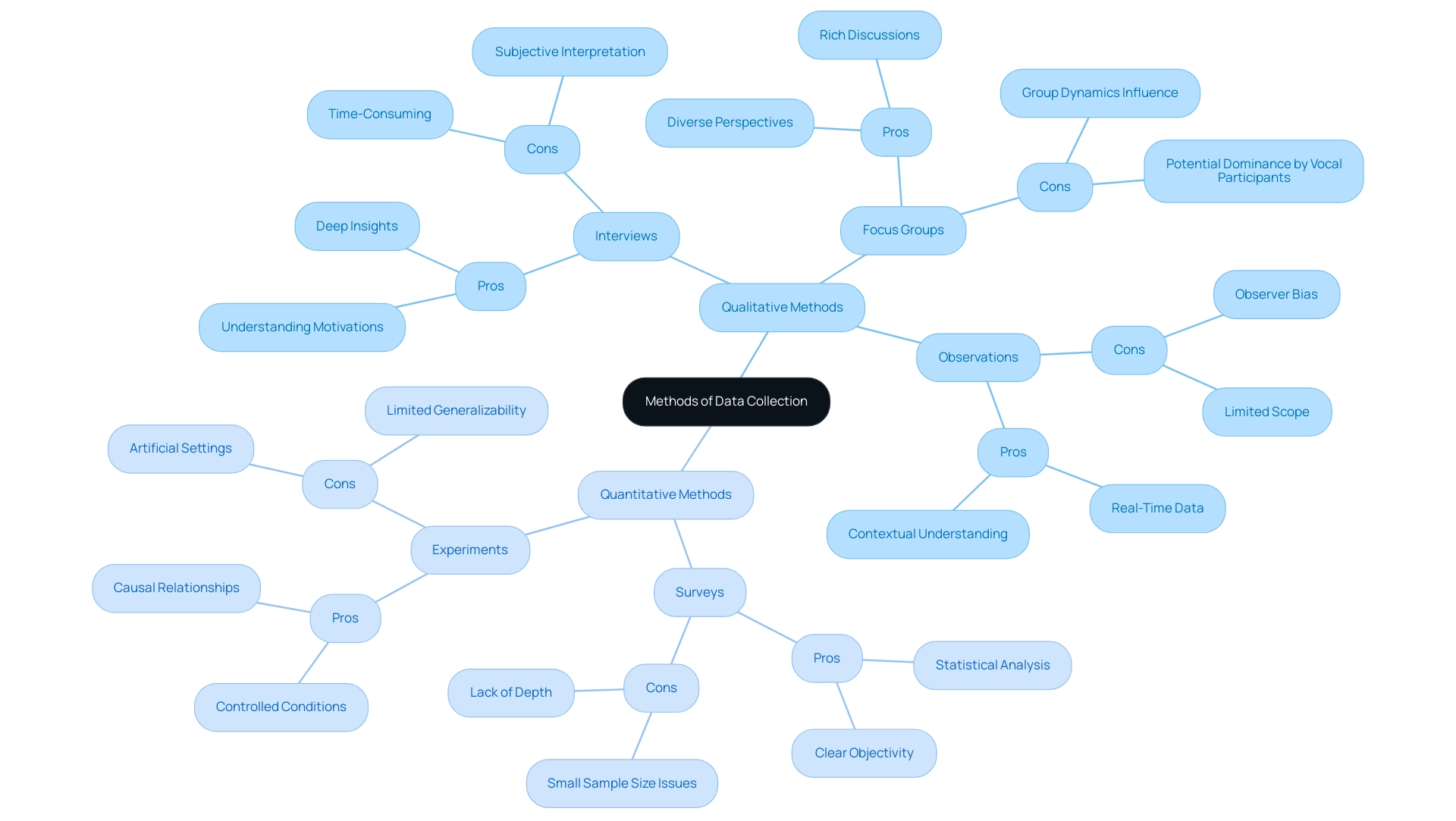
The importance of data collection in business and research
Data collection isn’t just a buzzword; it’s the backbone of any successful business or research initiative. Think of it as the compass guiding you through the wilderness of market trends and customer preferences. Without it, you’re lost. When you grasp the fundamentals of data collection, you lay the groundwork for strategic planning, product development, and targeted marketing. Companies that leverage customer data can tailor their products to meet specific needs, boosting conversion rates and customer satisfaction in the process.
Fast forward to 2025, and you’ll see that about 30% of the ‘Global DataSphere’ will be made up of real-time information. This shift underscores the importance of real-time data collection in shaping business strategies. In research, robust data collection is essential. It allows for hypothesis testing and theory validation, pushing the boundaries of knowledge across various fields. Take cloud computing in analytics, for example — 54% of companies are eyeing this solution for its flexibility and ability to handle large data volumes.
Experts point out that ‘91% of entities indicate they need to do more to reassure customers about how their information is utilized with generative AI.’ This highlights a crucial point: transparency in data handling builds customer trust. If you fail to implement effective data collection strategies, you’re setting yourself up for trouble. Decisions based on incomplete or inaccurate information can lead to significant setbacks.
As we enter 2025, it’s clear: understanding data collection and mastering the art of efficient information gathering will be vital for businesses that want to succeed in a cutthroat environment. If you want to thrive, you better get your data game right.
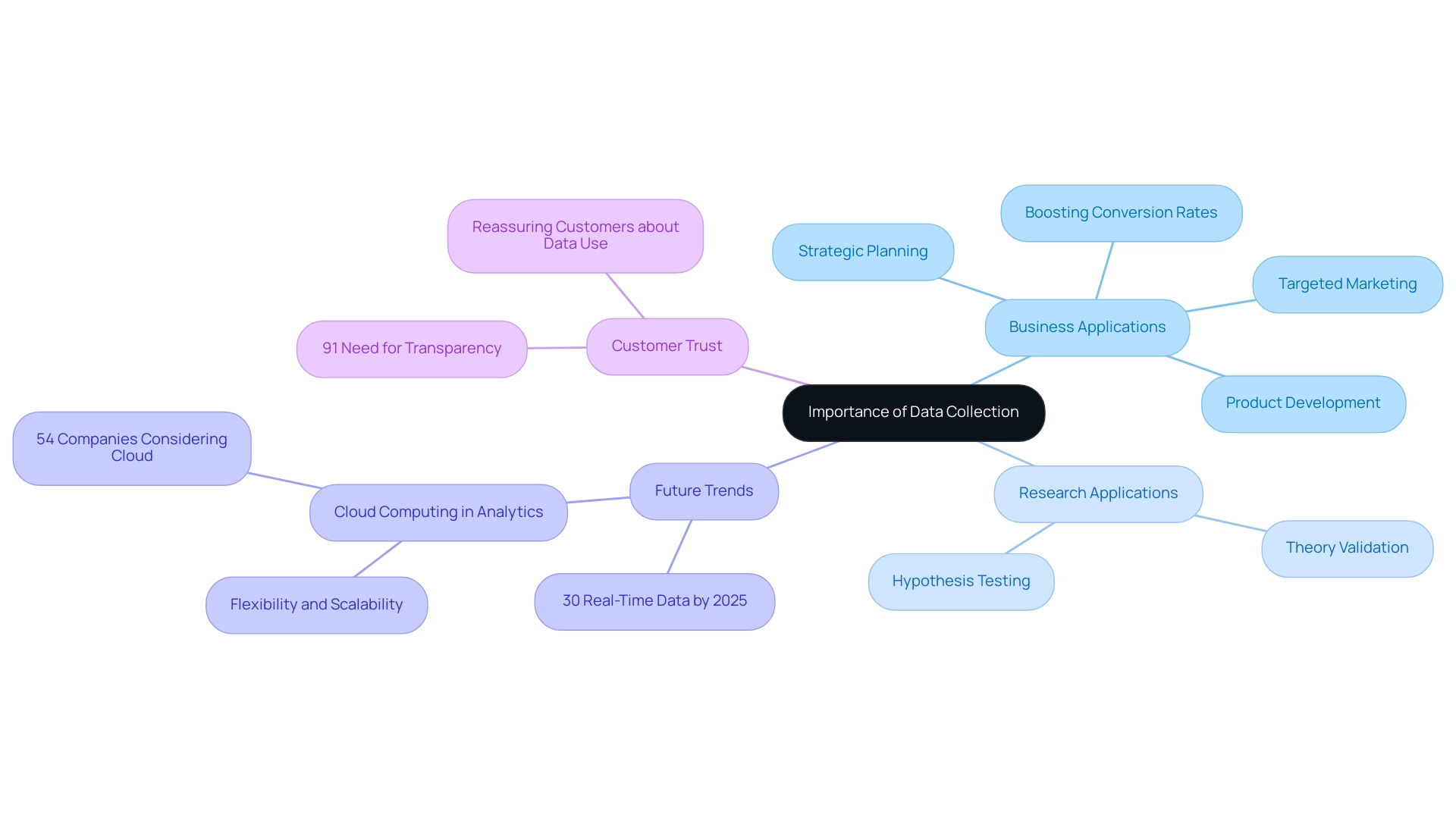
Planning your data collection strategy
Designing an information gathering strategy is like setting the foundation for a skyscraper. You need a solid understanding of what data collection really means. It’s not just about gathering numbers; it’s a complex process that starts with defining your objectives clearly. What information do you need? What questions are you trying to answer? Aligning this with your overall goals is crucial. If you don’t know what you’re after, you’ll end up collecting a lot of noise instead of valuable insights.
Choosing the right techniques is where the rubber meets the road. Options like web scraping, API integration, and surveys can significantly enhance the accuracy and efficiency of your data collection. Think of it this way: if you’re fishing, you want the best bait and the right spot. Statista points out that these techniques promise precision, efficiency, and innovation. Direct instrumentation, A/B testing, and log file analysis are just a few methods that demonstrate how teams can gather and analyze information effectively.
Setting a timeline for your data collection process is essential. It keeps you on track and ensures that you’re systematically executing your strategy. But don’t just set it and forget it. Regular evaluations of your strategy are vital. The business landscape is always changing, and fresh insights can emerge at any moment. Staying flexible allows you to adapt and maintain the relevance and accuracy of your information.
Remember, decisions based on flawed or incomplete data can be disastrous. Ensuring that your information is clean and reliable is non-negotiable. With the global volume of data projected to reach 181 zettabytes by 2025, the need for robust information gathering strategies has never been greater. You need a plan that can scale and adapt to this explosive growth while ensuring you’re making decisions based on solid information.

Ethical considerations in data collection
Trust is the backbone of any analytics-driven organization. If you want to build a successful business, you need to prioritize ethical factors in information gathering. This isn’t just a nice-to-have; it’s essential. You’re dealing with sensitive data, and issues like informed consent, privacy protection, and information security must be front and center in your strategies.
First off, let’s talk about informed consent. Your participants need to know exactly how their information will be used. It’s not just about asking for permission; it’s about making sure they understand what they’re signing up for. If you’re collecting data through your website, you better have explicit consent before you store any details for follow-up. Otherwise, you’re playing with fire.
Next, think about security. You need robust safeguards against unauthorized access. Regulations like the General Data Protection Regulation (GDPR) aren’t just red tape — they’re critical for protecting individual rights during data processing. If you violate these standards, you’re looking at fines that can hit 4% of your annual global turnover or €20 million, whichever is higher. That’s not just a hit to your wallet; it’s a hit to your reputation, and that can take years to rebuild.
The case study ‘Ethical Implications in Data Collection’ drives this point home. It’s not just about what data you collect; it’s about the moral implications of your practices. Privacy concerns and the risk of discrimination are real issues that organizations must grapple with.
Take a page from PromptCloud’s playbook. Their approach to ethical information gathering is a model for the industry. They’ve shown that you can extract valuable insights without cutting corners on ethics. When you prioritize ethical practices in data collection, you’re not just avoiding legal trouble; you’re building trust with your stakeholders. That trust enhances your credibility and makes your data-driven initiatives far more effective. In the end, it’s about doing the right thing and reaping the rewards that come with it.
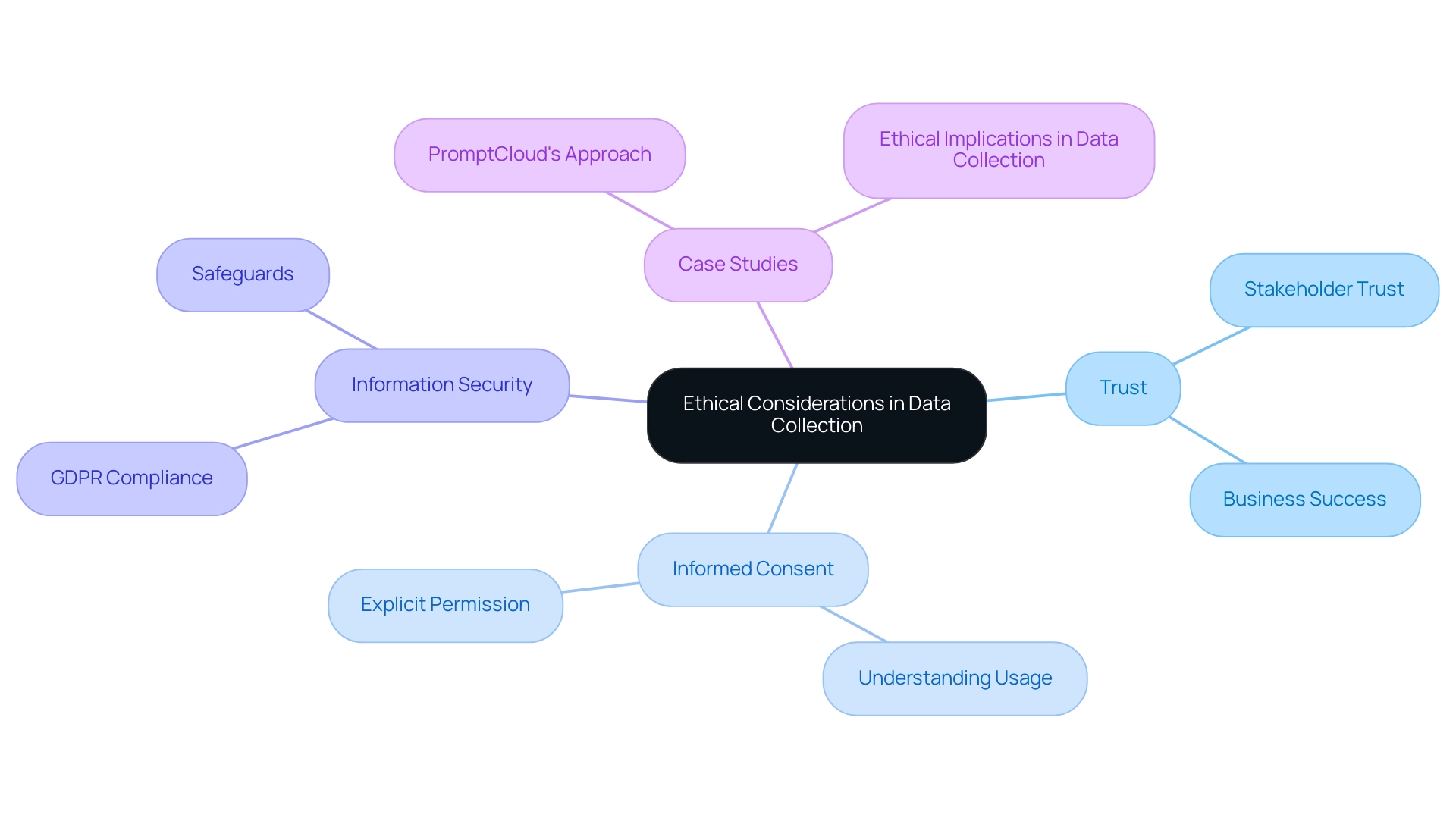
Conclusion
Data collection is a fundamental process that shapes the landscape of decision-making in both business and research. By systematically gathering, measuring, and analyzing data, organizations can uncover valuable insights that drive strategies and enhance performance. The dual approach of qualitative and quantitative methods ensures a comprehensive understanding of trends and behaviors, while the emphasis on ethical considerations safeguards against potential risks.
As highlighted throughout the article, the importance of robust data practices cannot be overstated. With the increasing volume of data and heightened concerns regarding privacy, organizations must prioritize transparency and ethical standards in their data collection strategies. This commitment not only fosters trust among consumers but also positions businesses to leverage data effectively in an increasingly competitive environment.
In conclusion, the ability to collect and analyze data efficiently is paramount for organizations aiming to thrive in today’s data-driven world. By implementing well-planned data collection strategies that adhere to ethical guidelines, organizations can not only enhance their decision-making capabilities but also ensure compliance and build lasting relationships with their stakeholders. Embracing these principles is essential for navigating the complexities of the data landscape and securing a successful future.





